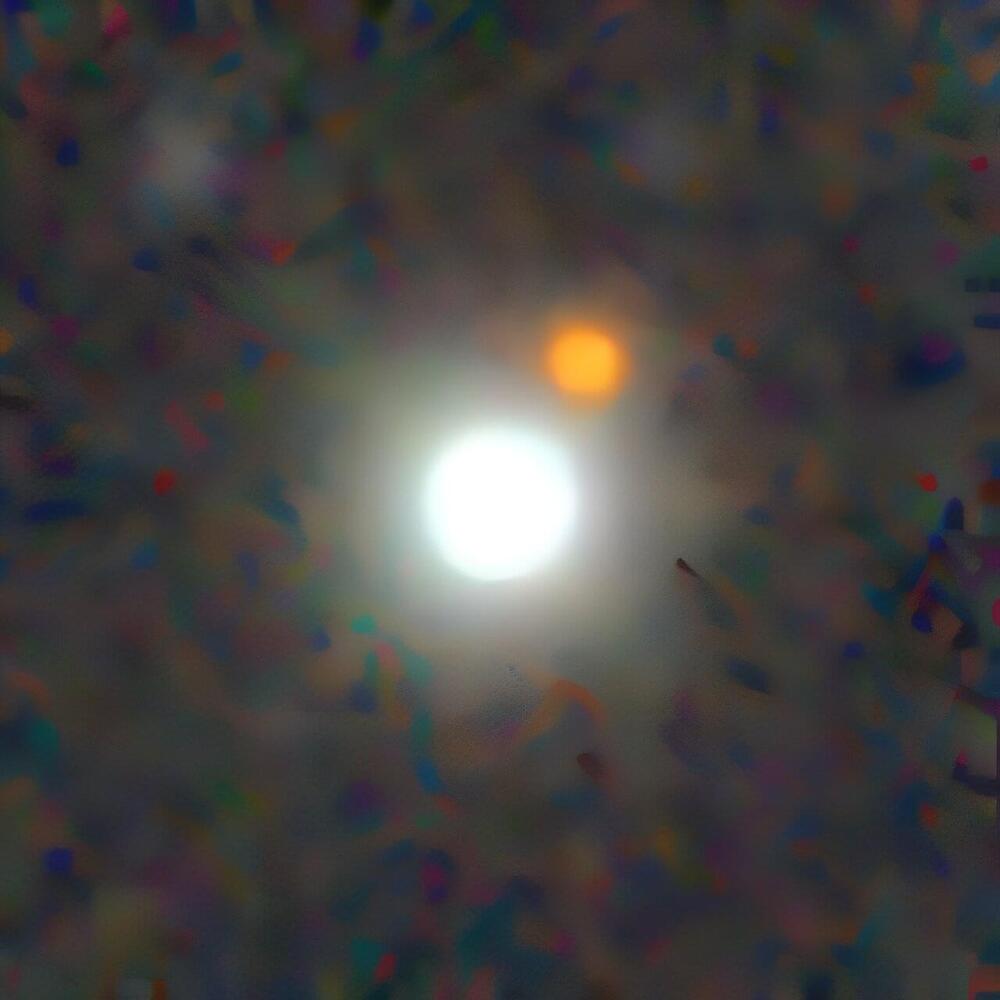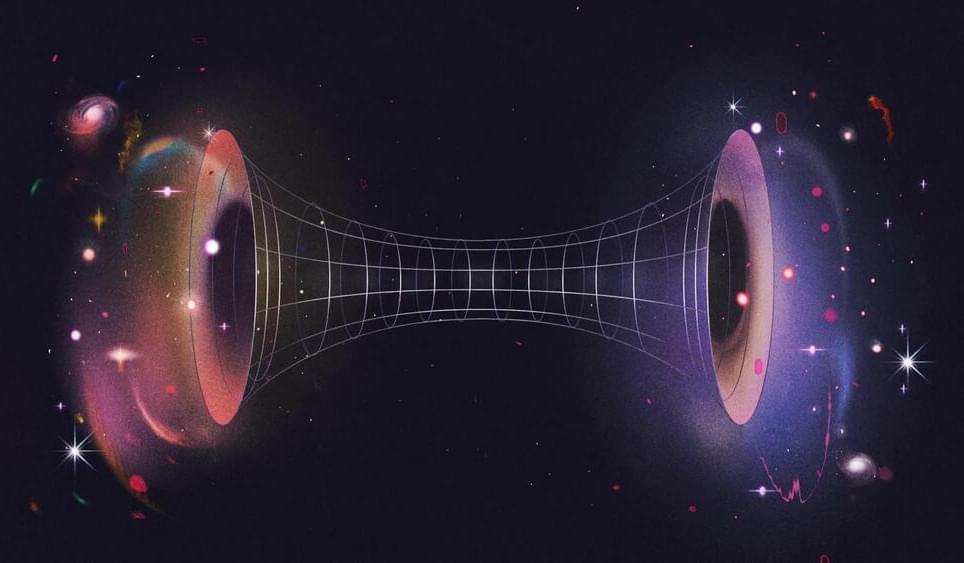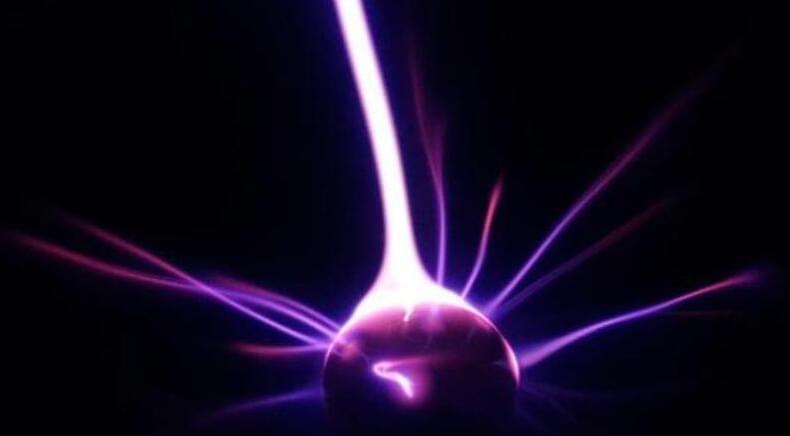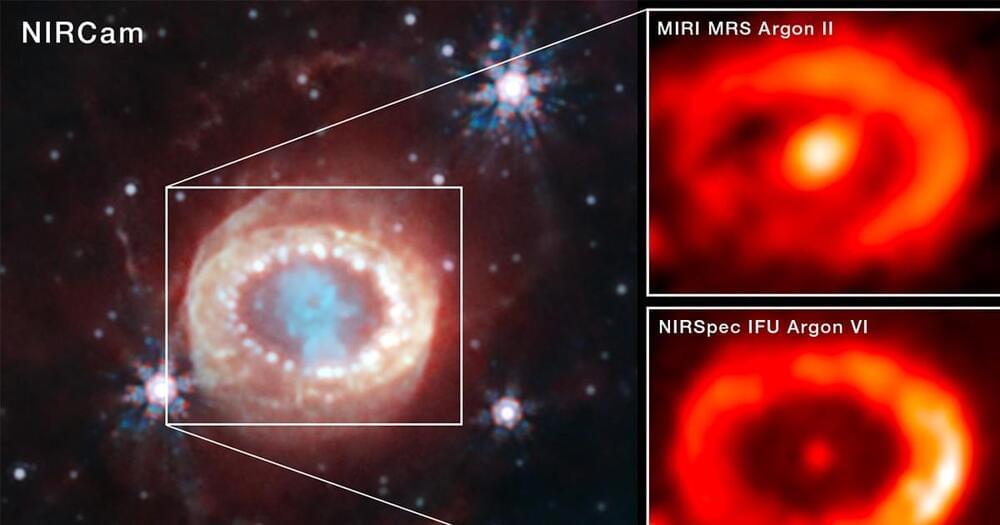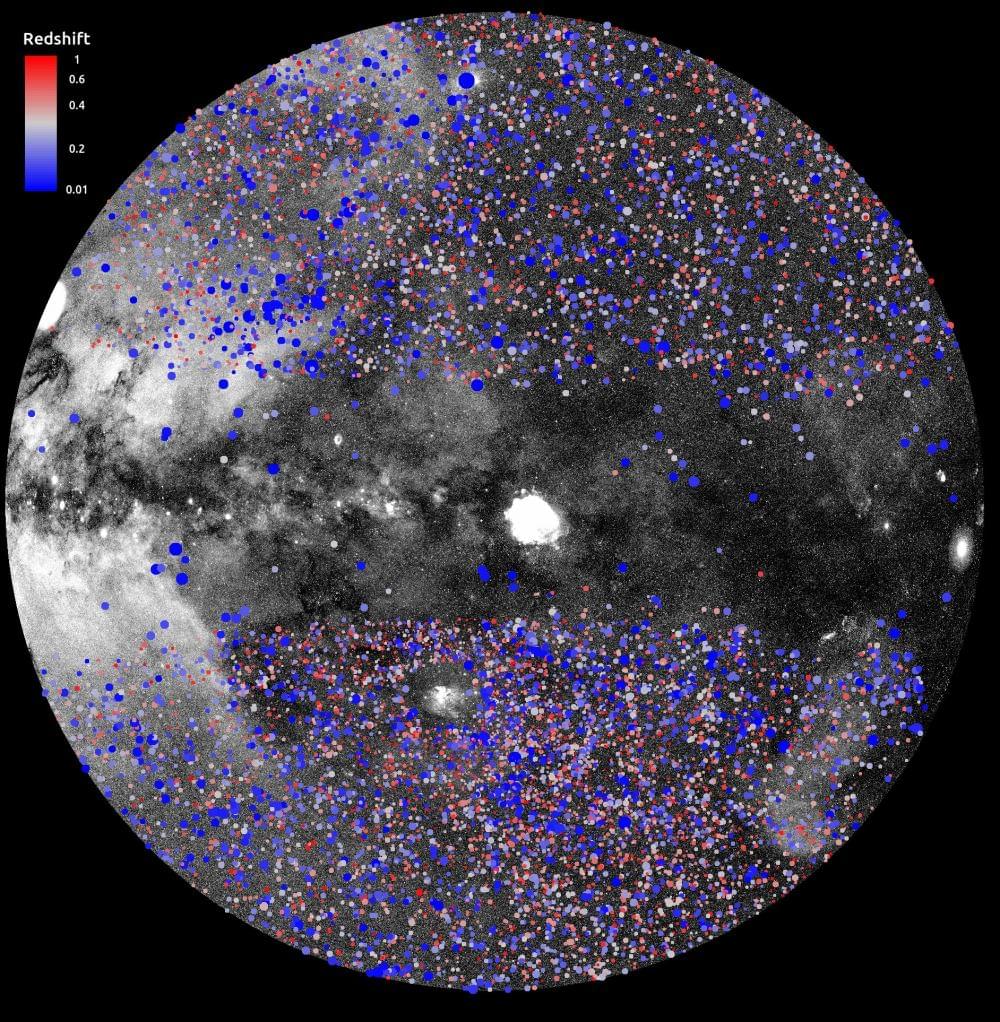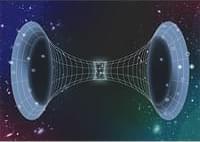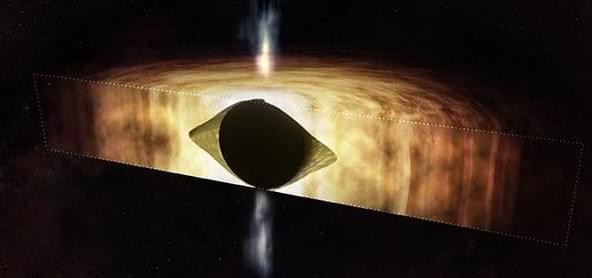“A spinning black hole is like a rocket on the launch pad,” said Dr. Biny Sebastian. “Once material gets close enough, it’s like someone has fueled the rocket and hit the ‘launch’ button.”
The center of our Milky Way Galaxy is exhibiting spinning behavior while warping the spacetime environment, according to a recent study published in the Monthly Notices of the Royal Astronomical Society. A team of international researchers led by Penn State University investigated the spinning patterns of the supermassive black hole at the center of the Milky Way, Sagittarius A* (Sgr A•, which is located approximately 26,000 light-years from Earth, and holds the potential to help astrophysicists better understand the behavior of black holes throughout the cosmos.
“A spinning black hole is like a rocket on the launch pad,” said Dr. Biny Sebastian, who is a researcher in the Department of Physics & Astronomy at the University of Manitoba and a co-author on the study. “Once material gets close enough, it’s like someone has fueled the rocket and hit the ‘launch’ button.”
For the study, the researchers analyzed data sets from six archival observations obtained by the Chandra X-Ray Observatory, which has been using its powerful instruments to study the cosmos since its launch in July 1999. Using a method that was developed in a 2019 study by the current study’s lead author, Dr. Ruth Daly, the researchers determined that Sagittarius A* was spinning in such a manner that it is warping the surrounding spacetime environment into a football shape, which becomes flatter as the spin increases and is driven by the surrounding matter and the black hole’s magnetic field. The researchers concluded that if the amount of this matter and magnetic field’s strength change in the future, this could alter the amount of energy the spin exerts out into space.
